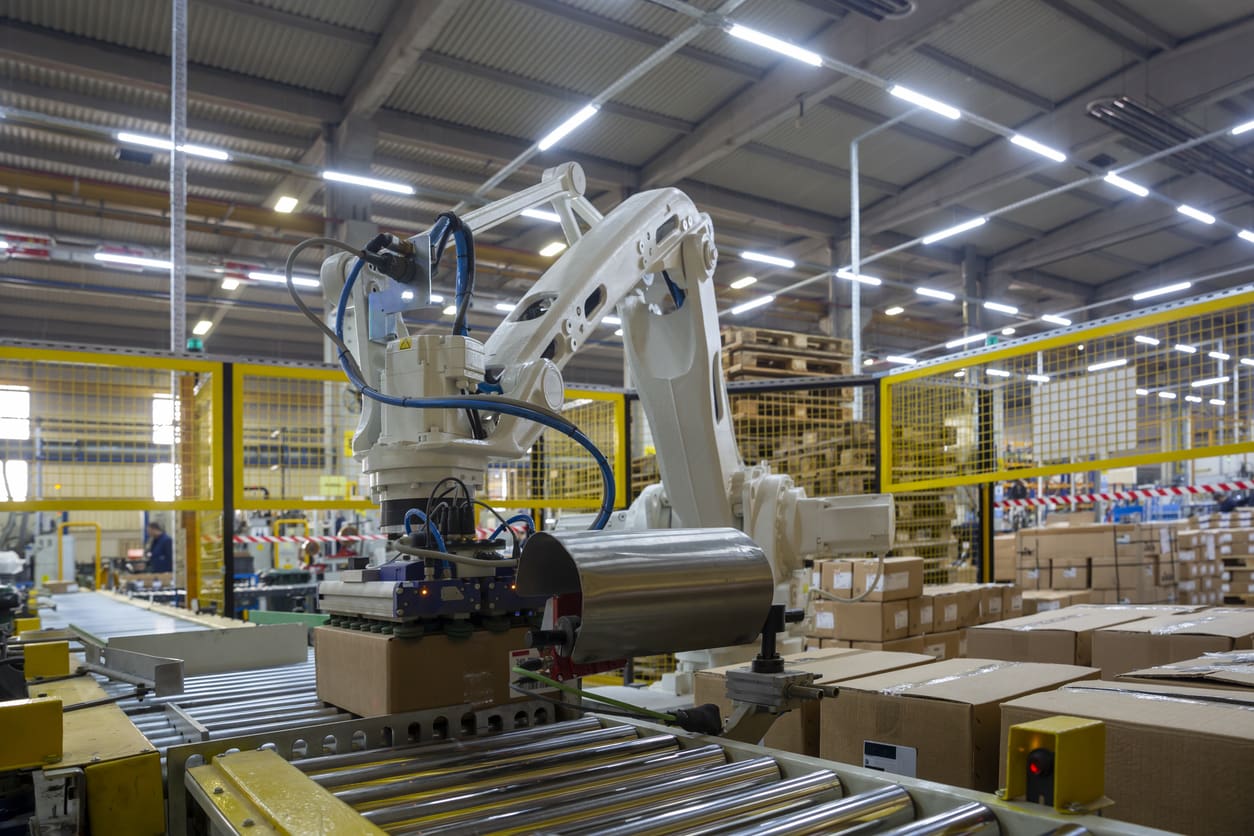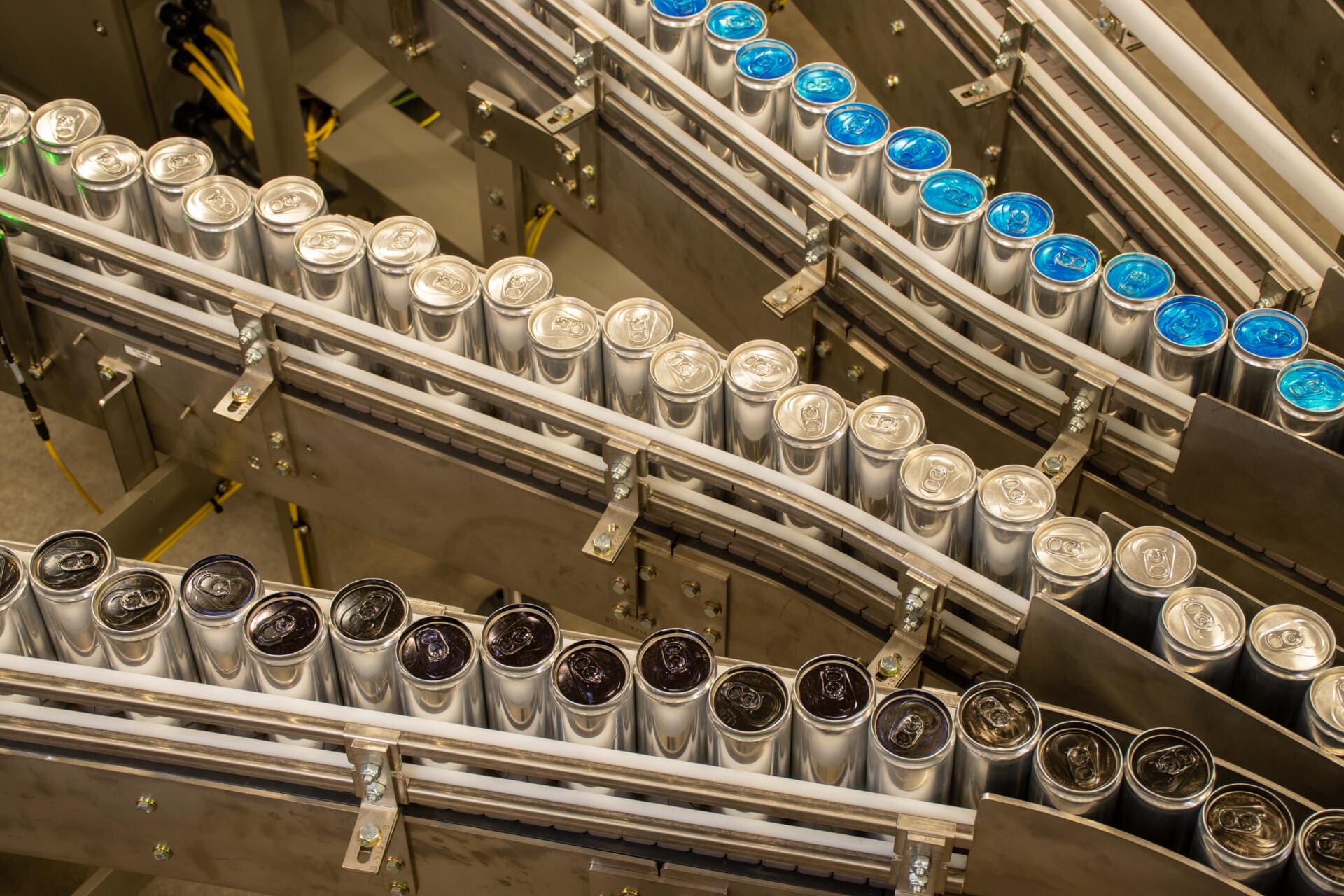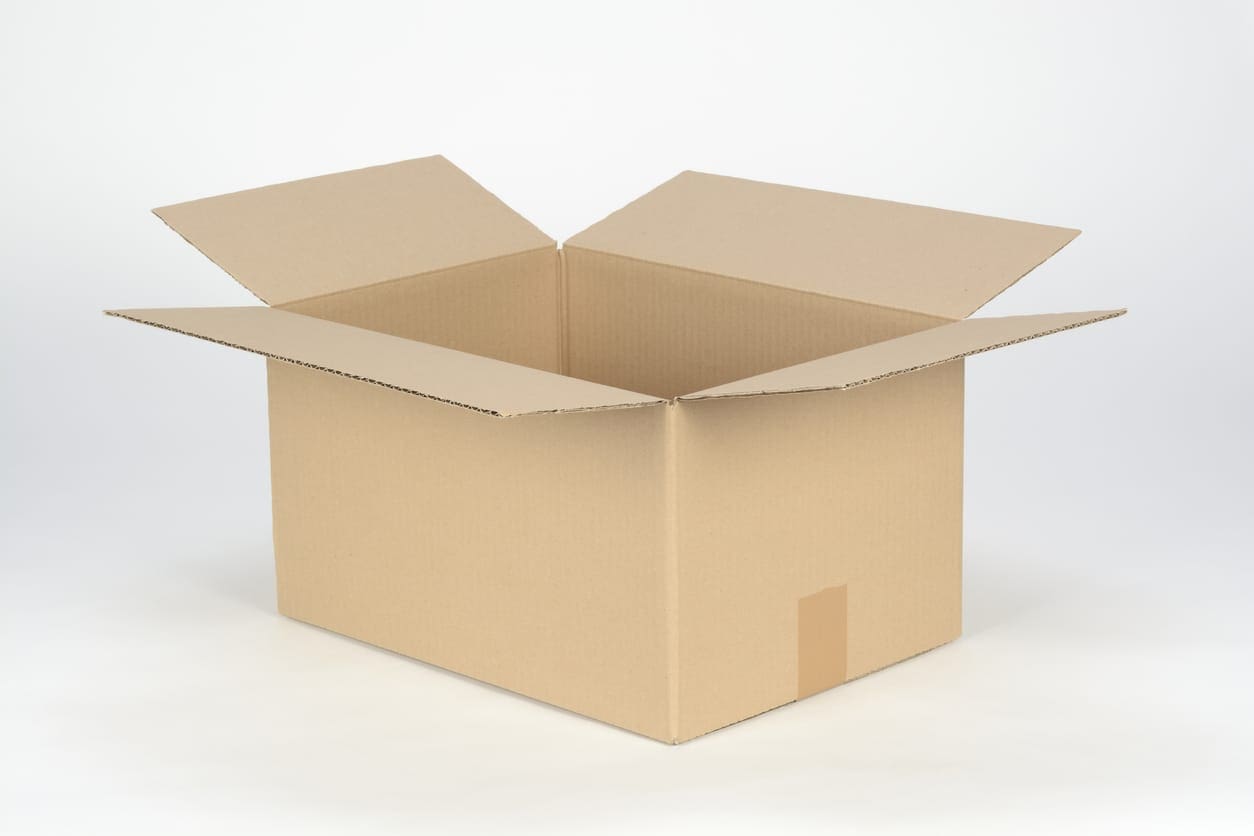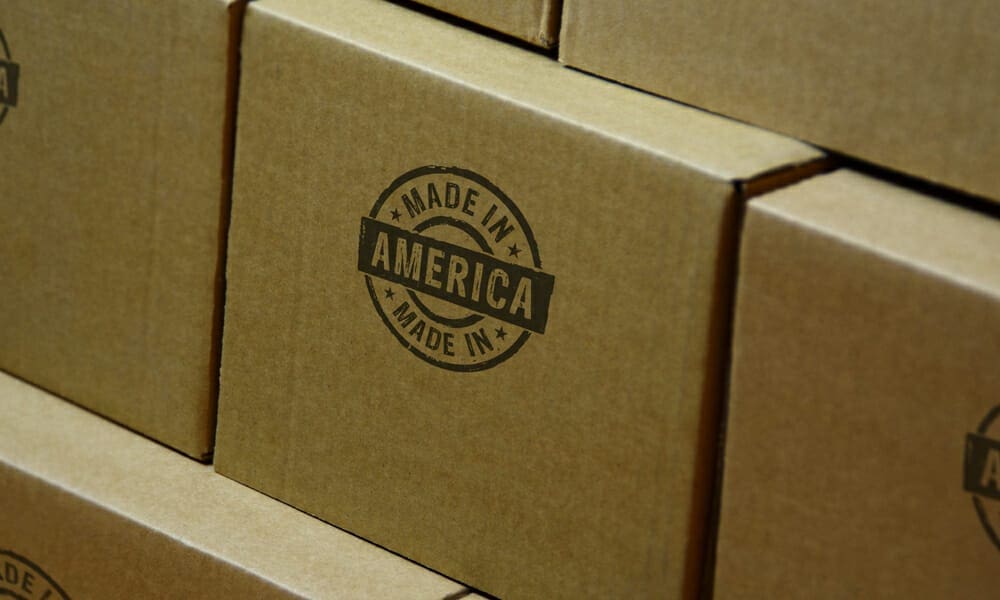Palletizing product requires careful planning. Carton sizes and pallet patterns must come together into one sturdy structure that fits the skid. No gaps should exist between the block of cases and the locking ties. If any gap or overlap leaves room for sliding, then the pallet can’t “move” as a single, integrated unit as it’s transferred by forklift or semi-trailer. If the unit cannot move seamlessly, the result is toppled stacks, which lead to damaged products, inventory shrinkage and increased returns … not to mention injury.
Labor advantages of robotic palletizing
Eliminating the need for labor is one of the key reasons to automate palletizing.
- Workers who spend an 8-hour shift lifting and stacking cartons and bags that weigh 10 pounds, 25 pounds, 40 pounds or even more, are at greater risk of injury caused by strains, slips and falls.
- Manual palletizing can be a difficult-to-fill job, which can create gaps and headaches when managing a production line.
- Even if your production has relatively low-speed requirements, manual palletizing can lead to line back-ups and stoppages, lowering your overall efficiency.
[Read What is a palletizer?]
Which applications are best for robotic palletizers?
For operations that require high-speed solutions or need to pack pallets of mixed formats, a conventional palletizer makes more sense. Robotic palletizers can offer some advantages, depending on your operation and your palletizing needs.
If utilizing a robotic palletizer, changing pallet patterns is a simple process that doesn’t require retooling or replacing components. Simply enter the dimensions of the containers (and other requirements), and the software that controls the machine will create multiple-layer patterns that are formatted to fit the skid that you choose. The following is a look at the types of pallets that are well-suited for robotic palletizing.
Automated palletizing of single cases
For low-speed lines with simple packing needs, robotic palletizing can be an ideal and cost-effective solution that helps Consumer Packaged Goods (CPG) companies gain line efficiency with automation. In this scenario, it’s common to find a collaborative robot model.
- Collaborative robot, or a co-bot, is when the robotic palletizer works in close proximity to humans, each contributing to the task.
- While the robot stacks cases, workers remove fully loaded pallets to be tied and shrink-wrapped, and place new skids for the next pallet.
- Because co-bots reduce other automated tasks, such as pallet handling and pallet conveyance, the co-bot model is an effective way to manage costs.
Automated palletizing of multiple lines
Sometimes referred to as rainbow pallets, this refers to building a pallet with cases or bags that originate from two or more production lines.
- These applications are becoming more common due to retailer requirements. As retailers rely less on labor-intensive inventory practices, and adopting more just-in-time practices, they have fewer requirements for fully-stacked, single-product pallets.
- The end-of-arm tooling (EOAT) on a robotic palletizer can be customized to handle a variety of sizes and SKUs. With the EOAT, a robotic palletizer can pick up single cases, or multiple cases, depending on the palletizing pattern.
- Automation eliminates the opportunity for human error, which can increase with the specific layering requirements that come with multi-line palletizing.
Automation of display palletizing
It’s not uncommon for warehouse retailers to require products that arrive in display-ready pallets.
- The retailer simply transports the pallet to the sales floor, removes the corner boards and other pallet stabilizing components, and the product is set up and ready for customers to shop.
- To make the pallet more enticing to customers, warehouse retailers require a pallet pattern that has labels facing outward. A robotic palletizer can be programmed to stack the cases into that pattern, ensuring the labels in the stack are visible from all directions.
Robotic palletizing solutions from Douglas
Before your product heads out the door, solid, stable pallets are a priority. The engineering and manufacturing experts at Douglas will work closely with your team to build an end-of-line layout that meets your needs while maximizing ROI.
Get in touch with a Douglas team member now to learn more about our line of innovative secondary packaging solutions.







